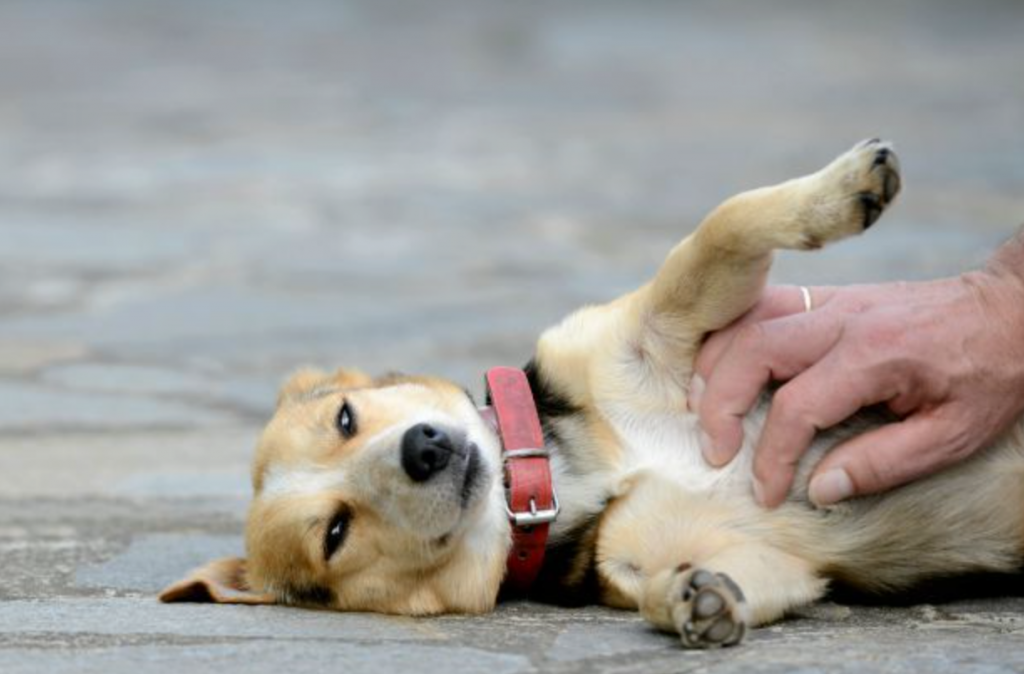
In humans, petting a dog can trigger the release of the bonding hormone oxytocin. Feeling that fur can also lower your heart rate and blood pressure.
Touch also serves to soothe a mildly upset or anxious canine. However, be cautious as you do not want to reward anxious behavior.
Dogs derive the most benefit by being caressed in the right places with a nonthreatening approach.
Where to Pet Your Pooch
In general, canines prefer being rubbed on the the chest, shoulder and base of the tail (my dog’s favorite spot). Your dog may have additional special places where he likes to be stroked, such as on the base of his neck or between his ears.
There are also sensitive areas where your hands are less welcome: Touching his ears, paws, end of tail, top of head, muzzle or belly could upset your dog. Generally avoid places your dog does not like to be touched.
Petting is a useful, but underutilized, way to encourage certain behaviors. A recent study found that dogs actually prefer petting instead of verbal praise, making it effective as an immediate reward for positive behaviors. Petting can help maintain pleasant manners, such as calm greetings — give your dog a little rub when he keeps all four paws on the floor, rather than jumping up on your guests. However, it is important to note that petting may not be sufficient in all situations. For instance, petting your pup for coming to you when called is a fine reward — while in your own backyard. In a more distracting situation, like the dog park, petting may not serve as an adequate reward.
Petting is also a wonderful way to bond with your companion and to strengthen your relationship.
Petting is also my favorite way to apply essential oils to your dog. Place a few drops of essential oils in the palms of your hands and pet your dog down the length of his torso. Lavender, Chamomile, Frankincense are a few essential oils that have a number of emotional and health benefits.
